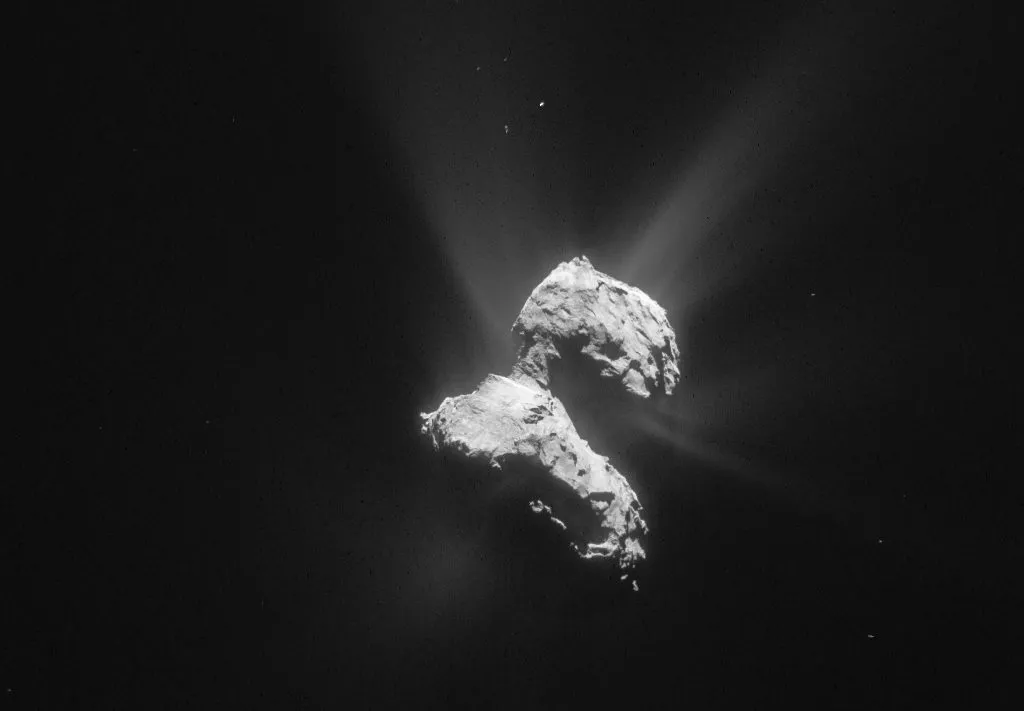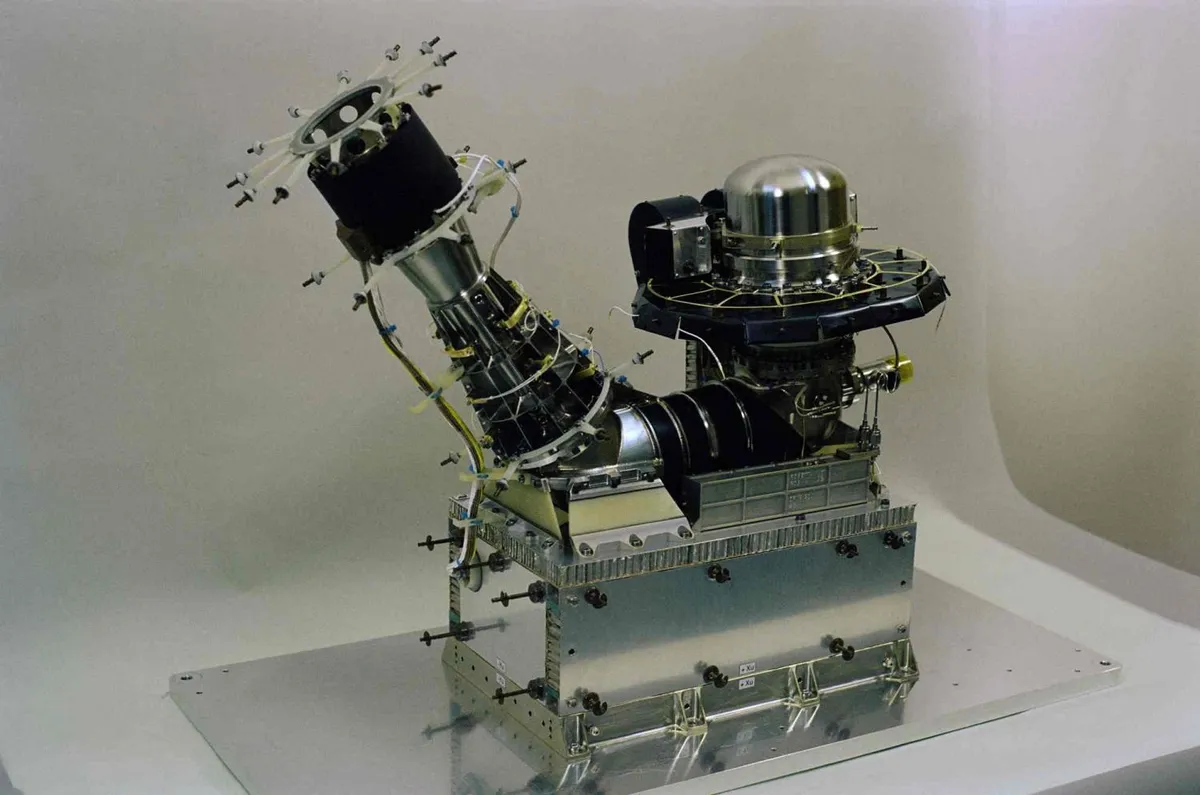Almost exactly three years after the landing of Rosetta on 67P/Churyumov-Gerasimenko, the last Science Working Team (SWT) meeting has ended, marking the official end of the mission.
Twenty years after our instrument ROSINA (Rosetta Orbiter Spectrometer for Ion and Neutral Analysis) was selected for flight, it ended its life on the surface of the comet when Rosetta crash-landed on 67P/Churyumov-Gerasimenko back in 2016.
This marked a proud and sad moment, as we had grown fond of ROSINA. We had lived with it for many years, suffering through difficult times and finally witnessing its superior performance at the comet.
Read more about the Rosetta mission:
- Rosetta reveals how Comet 67P formed
- Rosetta reveals comet's dusty outburst
- Comet 67P contains ingredients for life
ROSINA, a very complex instrument with two mass spectrometers and a pressure sensor, combined the expertise of many international institutes from all over the world.
Looking back, it was an intense time, never boring, full of surprises and full of challenges. We were kept more than busy with technical, managerial and human problems, unforeseen hiccups in operations, planning for the time around an unpredictable comet and, finally, operating an instrument in an unknown environment.

Three years after the final landing of Rosetta, and despite the fact that we still have to analyse a large part of the data, we can proudly state that the effort and money spent on this crazy endeavour was clearly worth it.
ROSINA analysed the composition of the volatile atmosphere of the comet. Our expectations about the nature of the molecules we were going to see was based on observations from the Giotto mission to Comet Halley more than 30 years ago, as well as remote sensing from Earth.
In reality, our findings turned out to be more complex. We detected a full zoo of complex molecules, surprising in a body that is believed to consist of the most primitive material in our Solar System.
It’s a touching story as it allows us to glimpse back to our own origin, more than 4.6 billion years ago.
Large aromatic ring molecules like naphthalene, long carbon chains, alcohols, sulphur species and many more ‘animals’ populate our zoo. ROSINA even detected the amino acid glycine.
Most molecules we saw seem to predate the origin of our Solar System, making them ‘universal’ as they formed without Sun or planets.
Comparing the signatures of noble gases between Earth’s mantle, terrestrial atmosphere and 67P/Churyumov-Gerasimenko allows us to estimate the amount of cometary material delivered to Earth.

Even if we can safely state that the bulk of terrestrial water is not cometary, comets like 67P/Churyumov-Gerasimenko may have sparked life (us humans included) by delivering significant amounts of organics.
Each compound detected in the cometary atmosphere tells its own tale. Together they show us the pathway from long-dead stars, to the interstellar medium, to our baby Sun and finally, planets and life.
It’s a touching story as it allows us to glimpse back to our own origin, more than 4.6 billion years ago.
All this would not have been possible without the engineers, technicians and scientists, many of them retired by now, who dedicated part of their life to Rosetta and ROSINA.
The heritage of Rosetta and ROSINA will remain important for a long time to come, especially as data is now carefully archived and open to the public.
Kathrin Altwegg is a professor of planetary science at the University of Bern. This article originally appeared in the December 2019 issue of BBC Sky at Night Magazine.
